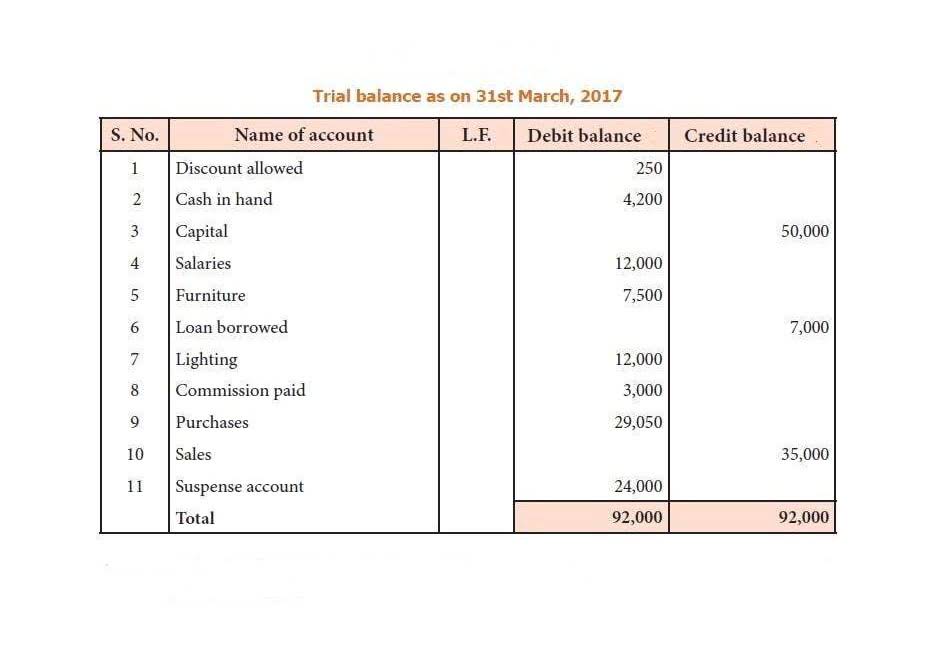Sales Forecasting: A Guide to Grow Your Business

This method gives you a quick, high-level view of how healthy your pipeline is and what revenue might look like if everything goes as expected. 🎉 SalesRoads acquires VSA Prospecting, strengthening its leadership in the lead generation industry. Taking online courses can be a great way to build sales skills, including forecasting, and explore career possibilities. It relies on the basic assumption that the longer a prospect has been in your pipeline, the closer you are to sealing the deal.
- Regardless of how often you update your model, run your updated model and compare its predictions against actual results to refine and improve its accuracy over time.
- However, it’s crucial that these probabilities reflect actual win rates, or your forecast could become overly optimistic.
- As you can see, sales forecasting models that use inaccurate data can change the face of a company by giving an incorrect image of the company’s success.
- Define your objectives—whether it’s improving forecasting accuracy, spotting pipeline risks early, or aligning better with financial planning.
- What questions should you ask them to assess if they’ll do a good job prospecting and reaching out to prospective clients?
- Especially in enterprise B2B sales, account-based forecasting helps you see the bigger picture and align sales efforts accordingly.
Which Sales Forecasting Method Is Right for You?
- Calculations typically involve a combination of regression analysis, machine learning, and artificial intelligence (AI) to model and predict future sales based on historical patterns.
- Assume you had $300,000 in revenue last month and that your sales revenue has risen at a rate of 12% per month over the previous year.
- It’s not always a true reflection of the general market, though, since the smaller regions you choose might have more or less buyer demand than the industry as a whole.
- Firms using the almanac method saw their 2019 projections wiped out due to lockdowns and new health and safety regulations.
- Furthermore, research by the Aberdeen Group found that companies with accurate sales forecasts saw a 13.4% increase in their year-over-year growth compared to companies with inaccurate estimates.
So, if any of the scenarios above sound familiar, it’s time to re-examine your strategy. Predictive analytics keeps you ahead of market trends and ready to act on new opportunities. It helps you make smarter decisions and grow revenue by analyzing past data and spotting patterns. This lets you forecast future sales trends, anticipate demand, and allocate resources more effectively. As a result, businesses should see improved lead qualification, better alignment between sales and marketing, and more accurate forecasts. To properly use time series analysis to make predictions for the future, you’ll need to record your sales data consistently.
Increase in growth and revenue

Sales forecasting can include predictions of a sales team’s performance, such as the number of sales the team will make or how customers will respond to go-to-market efforts. Investing in accurate sales forecasts is not just about predicting revenue—it’s about making informed decisions that drive success. Ensuring data accuracy should be a top priority for any company aiming to improve forecast accuracy. To learn more about other sales forecasting methods and explore real examples, download the eBook “13 Sales Forecasting Methods. Companies often overspend on marketing campaigns, hiring, sales tools, or product innovations, which drives up costs without improving efficiency.
- Instead of relying on a single data point, it uses multiple variables like deal size, sales stage, lead source, rep performance, and more to build a weighted forecast.
- Nutshell also functions as sales engagement software, helping teams automate and track communication with prospects.
- This method is popular because it’s straightforward and easy to calculate, especially for early-stage companies or those just getting serious about sales forecasting.
- Regression analysis can be particularly useful for identifying trends and making data-driven decisions.
- In this article, we uncover eight types of sales forecasting methods, tips on how to choose a suitable method, how to perform a sales forecast with your chosen method, and more.
New in Nutshell: Light a Fire Under Your Most Important Deals With Hot Leads!
Knowing how you’re likely to perform has massive benefits extending beyond your sales team. Outsource Invoicing These techniques use statistics taking advantage of several years’ worth of data for a product or service. A thorough and accurate forecasting system can lead to greater win rates and higher revenue.

The forecasted revenue is calculated by multiplying the deal value by this probability and summing across all deals. Time series sales forecasting works best for businesses with relatively stable sales patterns and predictable cycles, such as retail companies that experience seasonal peaks around holidays. However, even in other industries, a time series approach may prove valuable by providing a foundation of baseline trends before integrating more complex sales forecasting methods. For example, suppose your business or sales team is new, and you have minimal sales history. organizations usually use only one method for forecasting sales. In that case, you might use the intuitive sales forecasting method while still recording and tracking sales activity in your software.
Conversation-based sales forecasting

Quantitative forecasting models refer to using historical data to predict future sales needs. Equations and algorithms are applied to past sales data to predict future sales needs. There are different methods used for quantitative models, including time series analysis, moving averages, linear regression, and naive forecasting. One of the biggest benefits of using the time series analysis model over other sales forecasting methods is the ability to predict patterns over seasons, cycles, and trends. It’s also helpful in uncovering irregular past data points that don’t create patterns. Businesses can use historical data petty cash analysis or market research methods to calculate sales forecasting.

Meet StockIQ – the user-friendly supply chain planning software
Spreadsheets lack the capabilities to implement advanced sales forecasting models effectively. Even accurate data can lead to inaccurate forecasts if it is irrelevant or outdated. This issue is common among companies relying on spreadsheets for sales forecasting, as these tools often lack real-time updates and integration with CRM systems. This post will focus on some of the most popular methods of creating a sales forecast based on historical sales data, various data points and more. As your business evolves, your sales forecasting needs may change, and your sales forecasting software should be able to adjust to these changes. Look for a tool that allows you to customize forecasting models, adjust parameters, and add new data sources.
- The key here is having solid data on your sales cycle length, which can be tracked through a CRM or sales forecasting tools.
- This method is based on the simple moving average technique, but with a weight applied to each data point of the last T periods.
- Smart Account Assist analyzes account-level interactions to pinpoint risk areas and opportunities and recommends action items.
- At the end of the day, the best forecasting method is the one your team trusts and uses regularly.
- Because you lack existing data, you need to take advantage of rating schemes and your own judgment.
Poor data quality is a major contributor to this distrust, and inaccurate forecasts make you an easy target for criticism when things go wrong. The company uses an alpha value of 0.2, meaning the forecast is weighted more toward recent data than older data. The forecast considers seasonal trends and any recent changes in sales patterns. It is based on historical sales data and a statistical model that estimates future sales based on past sales.

Causal analysis
It’s less about immediate reactions and more about setting long-term goals and aligning the whole team behind a shared direction. While a method of forecasting sales might focus on the next quarter or two, planning looks at bigger shifts—market trends, new opportunities, and long-term strategy. Used together, forecasting and planning balance short-term accuracy with a roadmap for sustained growth. It involves setting strategic sales targets, estimating the resources needed to achieve those goals, and preparing for various scenarios that could impact future revenue. Sales planning often includes what-if analyses to simulate potential market changes, shifts in sales performance, or other influencing factors. This method is often used by new businesses, though, as they don’t yet have any historical data to back their sales forecasts with.